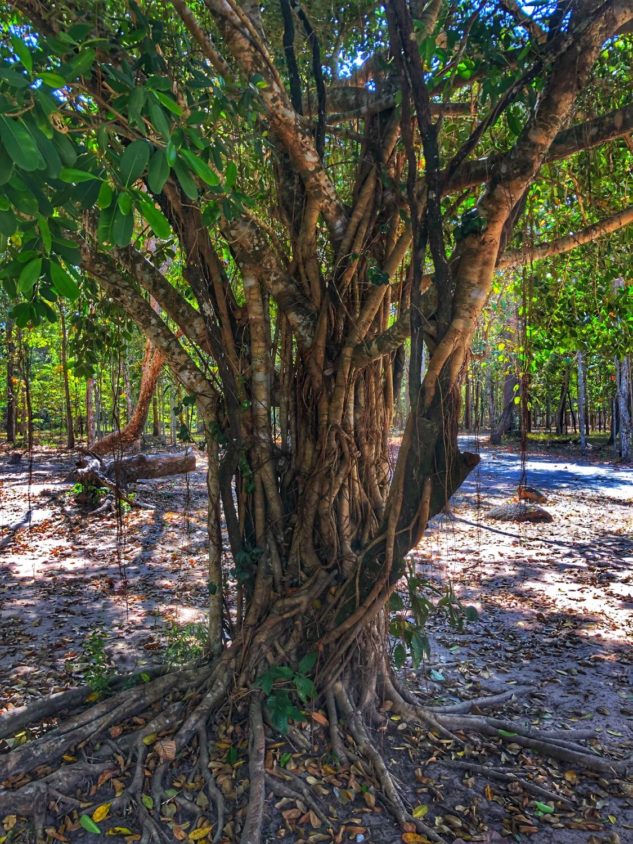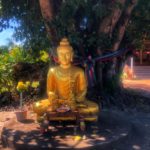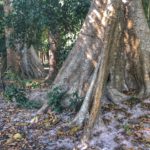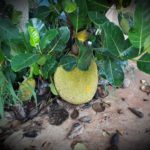
Sakon Nakhon Trees – Banyan Tree
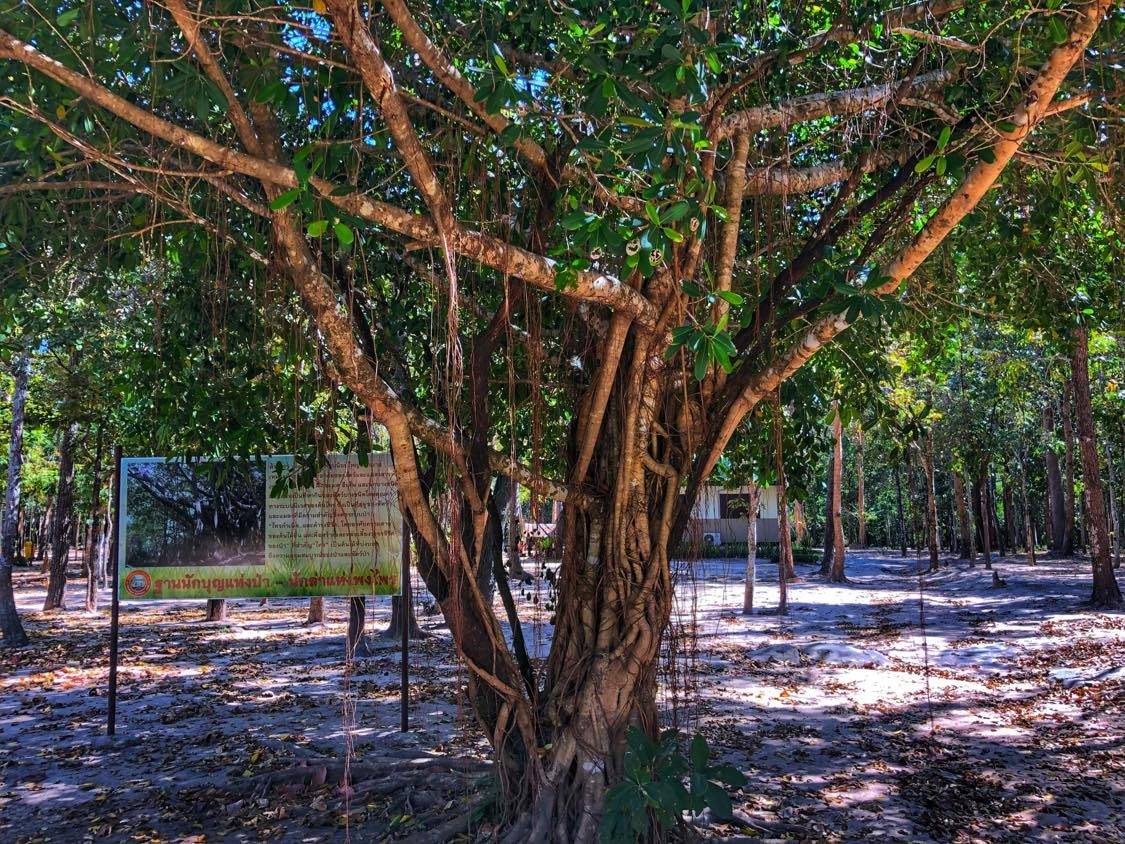
Latest posts by David Alan (see all)
- Thai Inhalers: Boost Your Memory & Recall with “Ya Dom” - May 18, 2024
- Phra Khun Paen: Thai Love Spells & Amulets - May 17, 2024
- Visakha Bucha Day in Thailand (2024) - May 16, 2024
